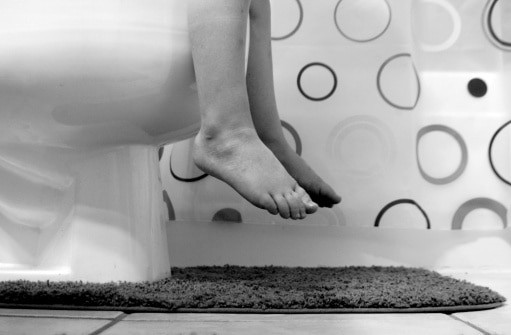Posts Tagged ‘Dairy-free diet’
Rethinking Elimination
Thoughts about how well your body is eliminating don’t really make it to the top of your list unless you are faced with a sudden change of too much or not enough. It turns out that your elimination should get as much attention as what you are feeding yourself each day. That is because how…
Read MoreA New Mom’s Story Part III
Over the past weeks I have had the pleasure of co-authoring with longtime client Jane Catherine Sherman. Jane Catherine, like all new moms, discovered there were some surprises in store for her and her husband as they integrated a new family member into their two career household. The challenges they faced involved food and how…
Read MoreLiving Well Series: Ditching Dairy
The value of removing dairy from our family diet honestly never registered on my radar for the first twelve years of my post cancer health journey. Then, in the summer of 2013, I paid a visit to the busy family practice clinic of my mentor, and now dear friend, Dr. Sorina Soescu. In addition to…
Read MoreLiving Well Series: Stage One—Optimize Elimination and Let the Healing Begin!
Regardless of your list of symptoms, the road map to natural healing will always begins with optimizing elimination. Optimizing Elimination is Stage One in the path to restoring immunity that I teach my clients and practitioners. Why is this true? When your physical body’s ability to clean is compromised, your natural ability to heal (immunity)…
Read MoreLauren’s Kitchen: My Favorite Dairy Free Hacks
Summer is probably the easiest time to ditch dairy as the appeal for “creamy and rich” certainly lessens when the temps and humidity creep up. Having said that, I fully believe this is not an either or proposition. You can have creamy and rich AND be dairy free, it will just come from plant based sources. While switching what…
Read MoreWhat’s All the Fuss About Dairy?
Last week I shared the case of Doug, with seasonal allergies, who, along with a protocol to improve his elimination and clean up his digestive tract, gave up eating dairy products. After a month, Doug’s symptoms went away. Once he finished his protocol he stayed off dairy to curb the inflammation and hasn’t had any symptoms…
Read More


